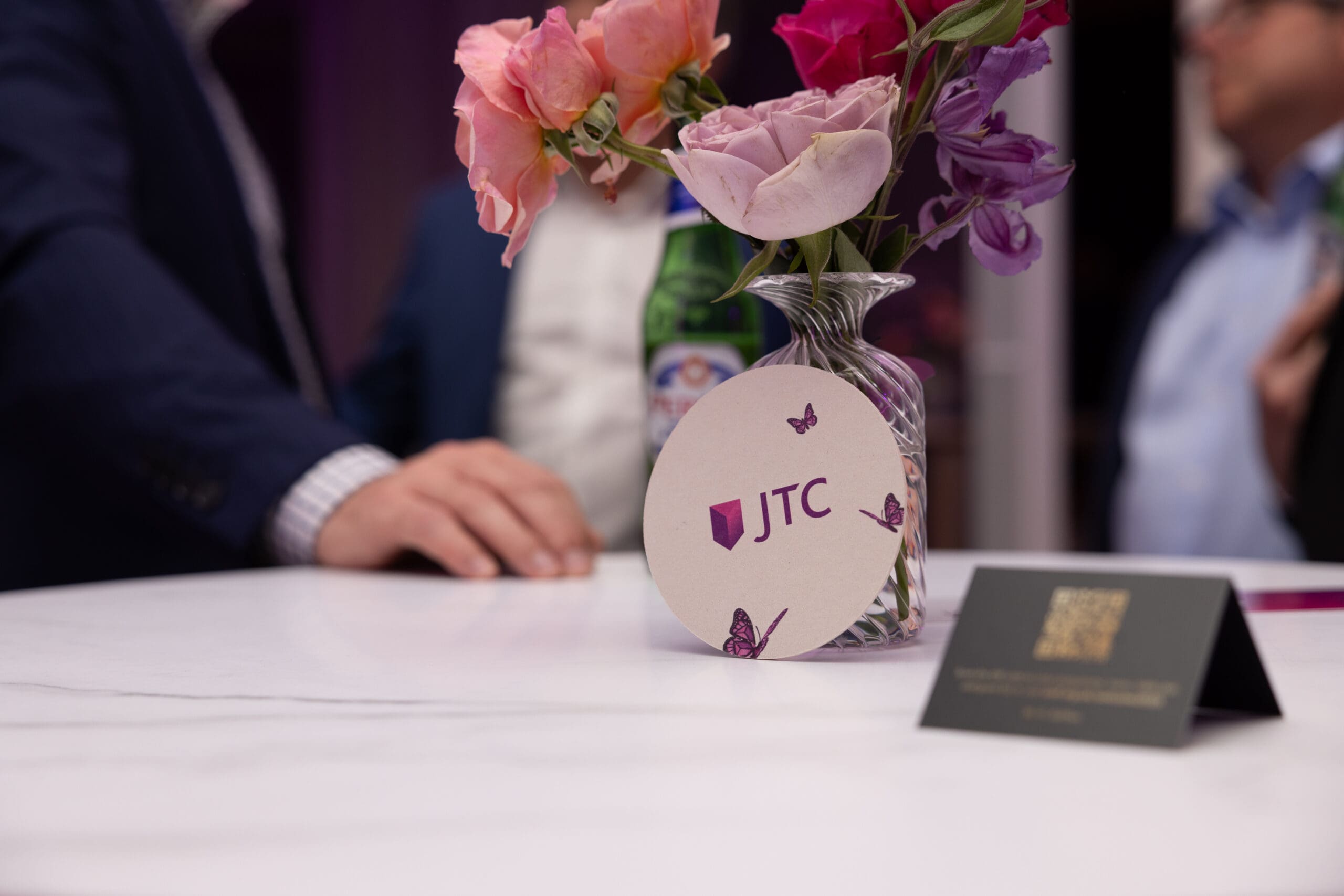No matter how well you plan, there’s always a chance your 1031 exchange could fail – but by carefully selecting your exchange dates, you can provide yourself with some temporary tax relief.
Tax deferral is the goal of every 1031 exchange, but sometimes, despite the best efforts of exchangers, exchanges can fail. Often, this is because the exchanger doesn’t identify a suitable replacement property within the allowed 45-day window. Other times, the identified replacement properties become unavailable, leaving the exchanger unable to complete their exchange.
When your 1031 exchange fails, the sales proceeds from your relinquished property sale will be subject to taxation. There is no way around 1031 exchange rules, but there are steps you can take to make your exchange more likely to succeed. There’s also a way to temporarily defer payment of capital gains taxes in the event of 1031 failure by performing your exchange at the right time.
How can I mitigate the risk of 1031 exchange failure?
Exchanges often fail because taxpayers attempt their exchanges without a thorough understanding of Section 1031 rules. For example, they may sell their relinquished property before retaining a Qualified Intermediary (QI) to hold exchange funds. If you take receipt of those sales proceeds before the purchase of the replacement property, your exchange will fail.
A failed exchange can result from not following 1031 property identification rules. You have 45 days from the date of sale of the relinquished property to identify replacement properties, and if you don’t identify them properly, your exchange could be deemed invalid.
You can also harm yourself by not knowing about the three-property rule, which states that you can identify up to three replacement properties without having to ultimately purchase all three. This allows you to identify backup options, including Delaware Statutory Trusts (DSTs), to prevent failure if your first choice falls through. You can identify even more properties by following the 95% rule or 200% rule, but you need to understand those rules in order to meet their requirements.
Even if you work with an experienced QI and competent legal and tax advisors, you could end up in a situation where you aren’t able to identify properties by Day 45 or acquire any of your identified properties by Day 180. In that case, your exchange will be subject to taxation. Should you find yourself in this scenario, there is no way to re-start your 1031 exchange, but there is a way to temporarily defer capital gains taxes through a process known as tax straddling.
What is tax straddling?
In a forward exchange, the relinquished property is sold and the sales proceeds held by the QI until the replacement property is acquired. If the exchange fails, those sales proceeds are returned to the exchanger and subject to taxation. The year in which the sale is taxable depends on the date when the exchanger takes receipt of those funds.
If your relinquished property is sold and the exchange fails in the same calendar year, your capital gain will be recognized in the year of sale, and the taxes due on the due date for the exchanger’s next tax return. But if the relinquished property is sold in one year and the exchange fails in another – thereby “straddling” two tax years – it’s possible to treat the exchange like an installment sale, where the gain is not recognized until the payment is received.
Since the exchanger doesn’t receive the funds until the following year, the gain doesn’t need to be recognized until the following year’s tax return, providing a mini-deferral of one additional year before capital gains taxes on the property sale are due. By positioning the date the exchange fails so that it falls after the first of the new year, exchangers can essentially receive a one-year interest-free loan from the government to lessen some of the negative effects of a failed exchange.
How does tax straddling work?
In the same way that a 1031 exchange only allows you to defer taxes, not avoid them, a tax straddling strategy is not a tax shelter. It works by shifting from IRC Section 1031 to another tax code section — IRC Section 453 — which allows a seller to defer recognition of a portion of the gain on the sale of an asset when at least one payment is received by the seller after the close of the taxable year in which the sale occurs.
A key part of a 1031 exchange is that the exchanger cannot take actual or constructive receipt of the sales proceeds during the exchange. If you take receipt of the proceeds from the sale of your relinquished property before acquiring your replacement property, your exchange is no longer valid and the sale will be taxable. That’s why you need a QI for any exchange: the QI takes receipt of the sales proceeds and holds the funds during the exchange so you never take receipt of them.
After an exchange fails, the QI will return the sales proceeds to you, either at Day 46 or Day 181, depending on how and why your exchanged failed. Because this is the day when you actually receive the sales proceeds from the relinquished property sale, it is that date, not the closing date, that matters for tax purposes. If Day 46 (or Day 181) falls on the following year, then you didn’t receive this income until that year, meaning you could have an extra year before capital gains taxes are due.
Choosing a tax straddling window
To take advantage of this hedge on 1031 exchange failure, there are two windows of opportunity during which you should sell your relinquished property. One is the period from November 17th through December 31st (the last 45 days of the tax year). If the sale of your relinquished property closes during this window and you fail to properly identify replacement properties by Day 45, you won’t take receipt of funds until after the first of the year, which means your capital gains will be realized in the new tax year and won’t have to be included on your tax return until the following year.
Tax straddling is also possible for sales that close between July 5th and November 16th. In these cases, if you fail to identify replacement property, Day 46 will fall before the end of the year, and your sale will be taxable for this year. But if you are able to identify replacement properties, yet unable to complete your acquisition, Day 181 will fall after the first of the year, meaning you won’t take receipt until after the new year.
If you want to schedule your exchange so that you can potentially take advantage of tax straddling, you can choose one of these two windows: after July 5th if you think you can identify properties but aren’t sure if you’ll be able to close on one of them, or after November 16th if you aren’t sure you’ll be able to identify replacement properties by Day 45.
What are some of the benefits of tax straddling?
Putting off the payment of taxes by a year might not seem like much, but in some situations, it can make a big difference. For example, if there are changes to capital gains tax rates coming in the near future, a short deferral could mean getting to keep more of your gains rather than having to pay them to Uncle Sam.
Having an extra year also allows you to earn interest on those funds during that time, temporarily invest in short-term investments, or pay down high-interest debt, letting you get something out of those sales proceeds while you have them. It won’t be as much as you could earn by reinvesting all of your sales proceeds into a like-kind property with the full tax deferral of Section 1031, but it’s something.
With a year of tax deferral, you could pursue other strategies that might lessen your tax burden the following year. For example, you could invest in Opportunity Zones or other tax-advantaged investments that are available to those with significant capital gains. You could reschedule other taxable sales that you had originally planned that might push you into a higher tax bracket, or move up transactions that would create a loss to mitigate some of the effects of the gain from your failed exchange.
Again, none of these things is as good as a successful exchange, but by tax straddling, you’re giving yourself as much time as possible to pursue whatever options are available to you.
Why might I not want to attempt tax straddling?
While tax straddling is a good way to delay the payment of certain taxes, there are situations where it might not be worth it to you to do so. Tax straddling only works during a limited portion of the year – after November 16th if you want to position Day 46 to fall after January 1st – and you might not want to wait until then to begin your exchange.
If your preferred replacement property is available in February, you may lose out on it by trying to wait until November. In that case, you’re better off exchanging now and perhaps executing a reverse exchange. If you’ve found a buyer for your relinquished property, asking them to wait until November may come back to haunt you if they change their mind in the intervening months. There are always things that could go wrong, which is why most exchangers prefer to exchange as soon as they know they can close.
Tax straddling also gives you less time to complete your exchange. While a typical forward exchange allows 180 days to complete the exchange, that 180 days is not a certainty. The deadline is actually 180 days or until the date your taxes are due, whichever comes first.
If you file your taxes on April 15, that’s only about 150 days (depending on the year) from November 16 of the previous year. By tax straddling, you’ve reduced the amount of time you have to complete your exchange. Again, tax straddling is a good way to hedge against 1031 failure, but you don’t want your tax straddling strategy to cause your 1031 failure, since 1031 is the original goal.
A big thing to remember is that tax straddling must be a backup option. One should never enter into a 1031 exchange with the goal of exchange failure, because there are rules to prevent fake exchanges meant to set up tax straddling. The exchanger must satisfy a “bona fide” intent-to-exchange requirement prior to being able to seek installment sale treatment through IRC Section 453. It is imperative that you confer with your CPA or attorney to ensure that your transaction is executed properly.
For some taxpayers, tax straddling does not have the same benefits because of the nature of their business or the ownership structure of the entity that owns the property. If you are required to make quarterly estimated tax payments, or if your tax-paying entity is classified as a partnership or corporation, it’s crucial that you discuss this approach with your CPA to assess your potential benefits. Cases in which tax straddling may not be permitted could result in the imposition of interest and/or late penalties, negating the potential benefits of tax straddling.
Ultimately, the choice of when to execute your 1031 exchange will come down to your unique situation. While tax straddling can be a way to hedge against 1031 failure, it can’t compare to the benefits of a successful exchange. That’s why you need to work with a Qualified Intermediary that has the knowledge and experience to navigate your individual exchange scenario.
Key contact
Stay Connected
Stay up to date with expert insights, latest updates and exclusive content.
Discover more
Stay informed with JTC’s latest news, reports, thought leadership, and industry insights.
Let’s Bring Your Vision to Life
From 2,300 employee owners to 14,000+ clients, our journey is marked by stability and success.




















